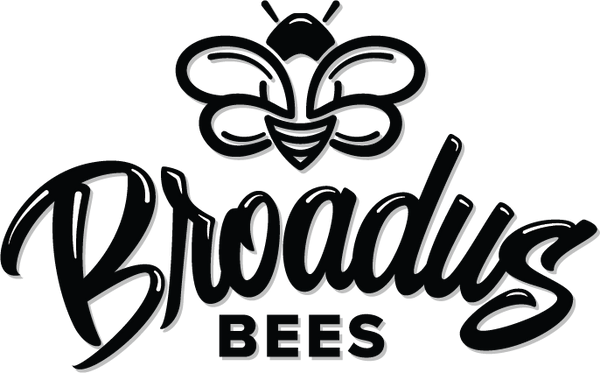Raw Oregon honey is more than just a golden, sweet treat; it is a liquid time capsule capturing the essence of a specific season and the environment in which it was produced. The type of honey you enjoy is influenced by a fascinating interplay of seasons, pollination patterns, and environmental factors. Let’s dive into how the magic happens and why every jar of honey tells its own unique story.
Seasonal Blooms and Pollination
The flavor, color, and texture of honey are deeply tied to the flowers that bees pollinate during a particular season. Bees collect nectar from blooming flowers, which varies depending on the time of year. Here’s how different seasons shape honey production:
-
Spring Honey: In spring, bees are buzzing among early bloomers like dandelions, clover, and fruit blossoms. Honey produced during this time tends to be light in color with a delicate, floral flavor.
-
Summer Honey: Summer is peak blooming season for wildflowers, lavender, sunflowers, and other hearty plants. Honey from this period is often darker and richer, with a more robust flavor profile. It’s perfect for those who enjoy a deeper, more complex sweetness.
-
Fall Honey: As the seasons shift to autumn, goldenrod and asters dominate the landscape. Fall honey can have a rich amber hue and an earthy, spicy flavor that pairs beautifully with warm drinks and baked goods.
-
Winter Honey: While winter doesn’t see much floral activity, bees rely on stored honey to survive. Beekeepers often harvest honey just before winter sets in, leaving enough for the bees’ survival. Winter honey may be the culmination of late-season blooms, offering a hearty and robust taste.
Regional Influences on Honey
Where the honey is produced plays a significant role in its characteristics. For example:
-
Coastal Regions: In areas near the coast, bees might collect nectar from salt-tolerant plants like sea lavender, resulting in honey with a subtle brininess.
-
Mountainous Areas: Alpine flowers like fireweed and thistle contribute to honey with unique herbal or slightly minty notes.
-
Forested Areas: Forest honey, also known as honeydew honey, is produced when bees collect sugary secretions from trees like pines and oaks instead of floral nectar. This type of honey is dark and rich with a malty flavor.
The Impact of Weather
Weather patterns also play a crucial role in honey production:
-
Rainfall: Too much rain can dilute nectar, while drought can reduce the availability of flowers, both affecting the quantity and quality of honey.
-
Temperature: Warm weather encourages flowering, but extreme heat can cause flowers to wither quickly, limiting nectar sources.
The Role of Beekeeping Practices
Beekeepers influence the type of honey produced by placing their hives near specific plants or ecosystems. For instance:
-
Single-Origin Honey: Beekeepers may position hives near fields of one type of flower, such as lavender or orange blossoms, to produce single-origin honey with distinct flavors.
-
Wildflower Honey: Hives placed in diverse ecosystems produce wildflower honey, a blend of nectars from various plants.
Why Seasonal Honey Matters
Enjoying honey from different seasons allows you to experience nature’s variety. It also supports local beekeepers and helps sustain the critical role bees play in pollination and agriculture. Seasonal honey connects us to the rhythms of the natural world and reminds us of the delicate balance that sustains life.
Discover the Seasons with Broadus Bees
At Broadus Bees, we celebrate the diversity of honey by offering varieties that reflect the beauty of Oregon’s changing seasons. From the delicate notes of spring wildflowers to the robust flavors of fall’s goldenrod, our honey captures the essence of each season. Explore our seasonal selections and savor the sweet story of nature in every jar.
